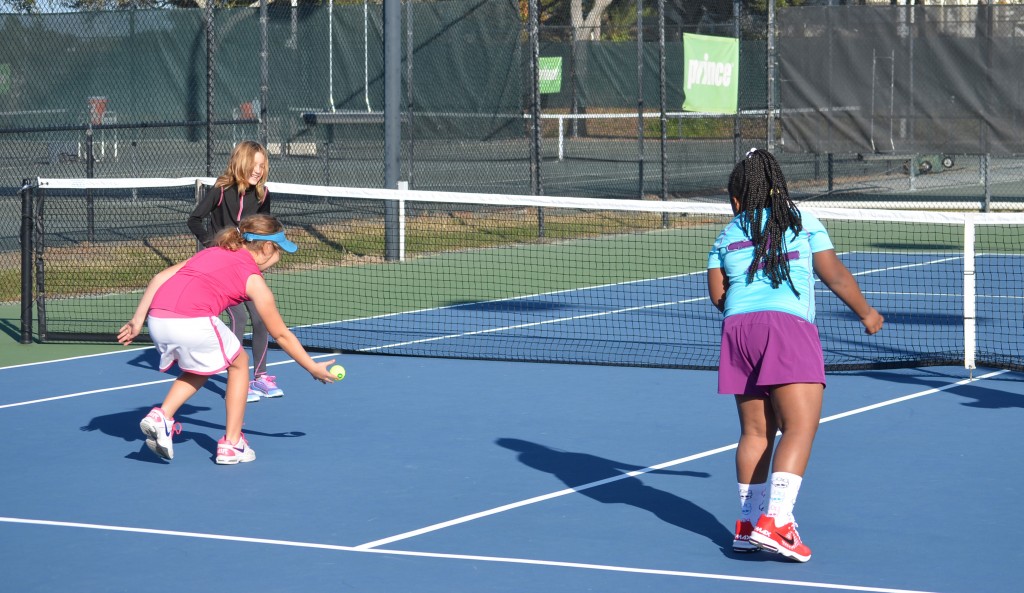MEMBER LOG IN
Categories
Links
Author Archives: ITPA admin
WTFC Audio: Panel: Training the Best Tennis Player and Athletes
Panel: Training the Best Tennis Player and Athletes Continue reading
WTFC Audio: Panel on Training Best Practices for Competitive Junior Players with Reilly Opelka
WTFC Audio: Panel on Training Best Practices for Competitive Junior Players with guest pro player Reilly Opelka. Panel: Bret Waltz, Cassiano Costa, Reilly Opelka Continue reading
Posted in General
2 Comments
WTFC Audio: Page Love Travel Tennis Nutrition
WTFC Audio: Page Love Travel Tennis Nutrition Continue reading
WTFC Audio: Dr. Nick DiNubile Training Senior Tennis Players Safely
Nick DiNubile, MD
Dr. DiNubile is an Orthopaedic Surgeon specializing in Sports Medicine in private practice in Havertown, Pennsylvania and is a Clinical Assistant Professor of the Department of Orthopaedic Surgery at the Hospital of the University of Pennsylvania. Dr. DiNubile has been chosen in “Best Doctors in America” as well as “Guide to America’s Top Surgeons.” He is the author of the bestselling book, FrameWork- Your 7 Step Program for Healthy Muscles, Bones & Joints (Rodale) and is Executive Producer and host of the award winning national PBS television special, Your Body’s FrameWork. Dr. DiNubile served as special advisor and medical consultant to The President’s Council on Physical Fitness and Sports during the 1st Bush Administration, with Arnold Schwarzenegger as Chairman. Over several terms, he has advised two US Presidents in areas of fitness, exercise and healthcare reform. Additionally he is the Chief Medical Officer of The American Council on Exercise (ACE), and has served on their Board of Directors. He developed the first of it’s kind advanced certification continuing education program (Your Client’s FrameWork) for personal trainers and fitness professionals that teaches sensible exercise routines and modifications especially for individuals with musculoskeletal ailments. http://www.drnick.com/wp/about/bio/ Continue reading
A summary of “Exercise-induced homeostatic perturbations provoked by single tennis match play with reference to development of fatigue” by Mendez-Villanueva et al. Br J Sports Med. (2007).
A summary of “Exercise-induced homeostatic perturbations provoked by single tennis match play with reference to development of fatigue” by Mendez-Villanueva et al. Br J Sports Med. (2007).
The difference between winning and losing can boil down to a few points at the elite level. These critical points in a match are often late in a match when both players are tired. Furthermore, Continue reading
Posted in Fatigue
Leave a comment
WTFC Audio: Jonny Fraser Movement Skills with 10 and Under Players
Jonathan Fraser, CTPS, MTPS
Strength & Conditioning Specialist
Jonny has a wealth of experience in tennis having been a strength and conditioning coach for over seven years, having worked with a range of players from mini tennis to full time professionals. He has a particular interest in youth development. Jonny is a certified strength and conditioning specialist (CSCS) alongside being a certified Level B coach with the GPTCA and a licensed tennis coach with the LTA. Jonny has certification as a master tennis performance specialist with the International Tennis Performance Association (iTPA). Academically he has an MSc in Sport and Exercise Science from Sheffield Hallam University and has also taught at Sheffield Hallam University in the UK teaching on sport science and sports coaching degrees. Continue reading
Audio Recording WTFC 2015: Dean Hollingworth, Developing Strong Core for Tennis
Audio Recording from the World Tennis Fitness Conference 2015: Dean Hollingworth, CTPS, CSCS: Developing a Strong Core in Tennis. Continue reading
International Olympic Committee (IOC) consensus statement on youth athletic development
Below you will see the abstract from the full report and also some of the major principles outlined in the report. Please let us know if you agree with the points made and if you have any thoughts specifically related to this topic. Continue reading
Youth Athletic Development: International Olympic Committee Consensus Statement
Below are some of the conclusions from the International Olympic Committee (IOC) consensus statement on youth athletic development which was recently published in the British Journal of Sports Medicine. Some very interesting conclusions and ideas presented. Very relevant for any Continue reading
Shoulders, Core and Legs: Keys to Great Throwing and Striking Sports Performance in Female Athletes
By LaRue E. Cook
Certified Tennis Performance Specialist
Certified Strength and Conditioning Specialist
Trainers can have a significant positive impact on both performance and injury reduction by developing the appropriate strength training program for their athletes. Continue reading
Posted in Core and Legs, Flexibility, Strength
Leave a comment

